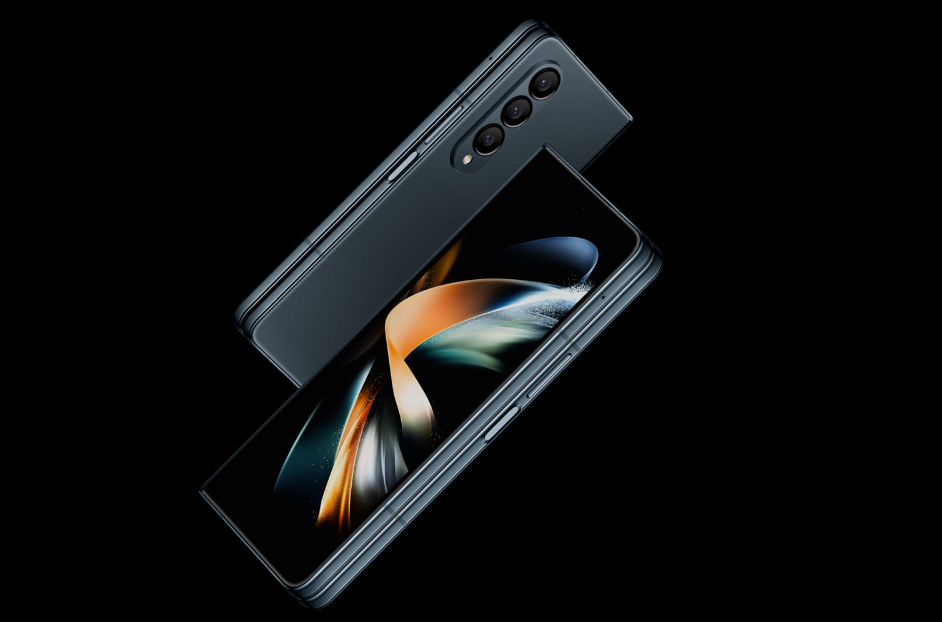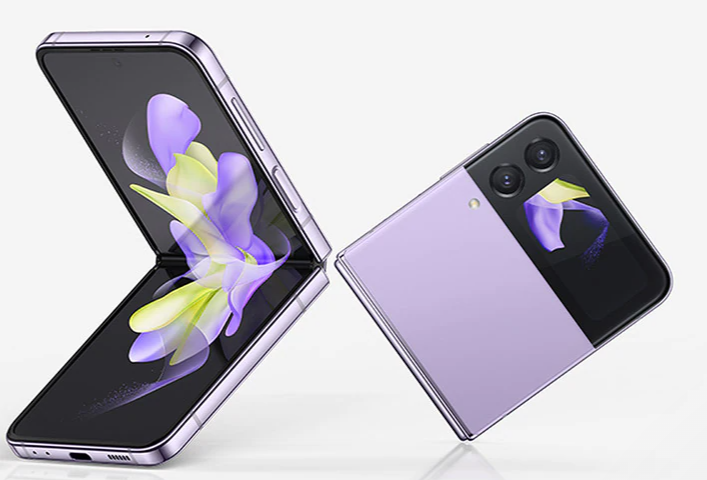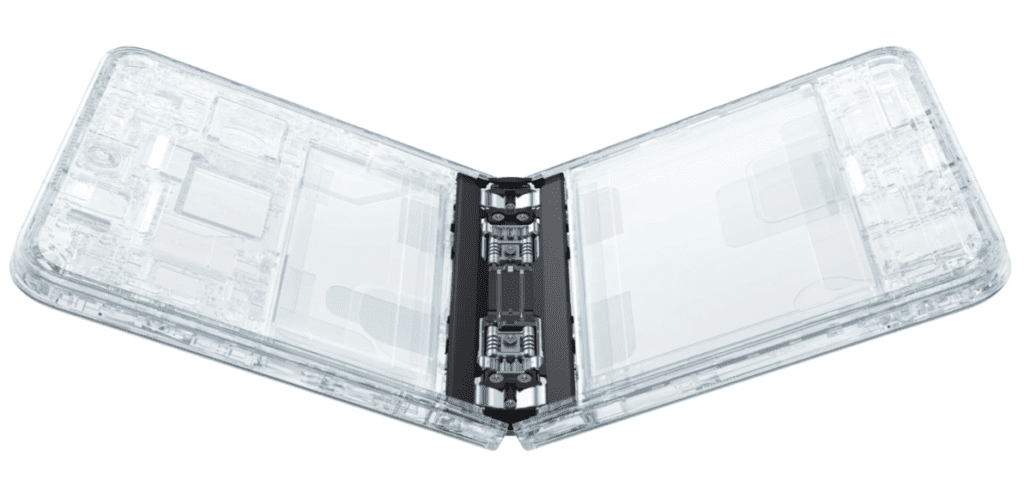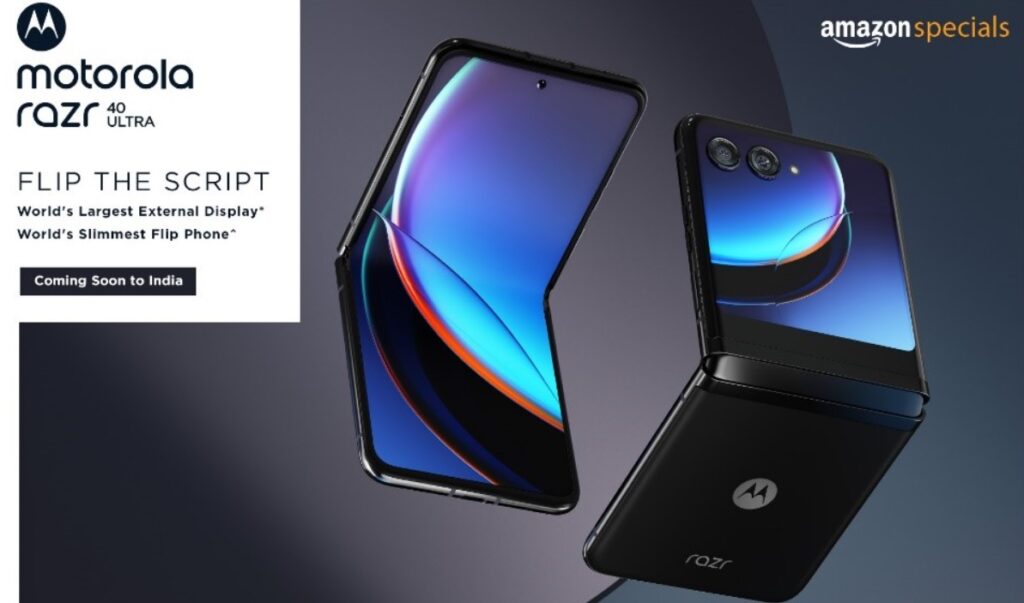The year 2023 has witnessed a surge of excitement in the foldable smartphone market. As more brands enter the foldable market, competition has intensified, challenging Samsung’s long-standing dominance. Oppo and Vivo have emerged as formidable competitors to Samsung’s high-priced foldable devices. Despite being more affordable, Oppo and Vivo’s offerings do not compromise on essential aspects such as features, performance, and innovative design.
For instance, Oppo’s first-generation flip foldable smartphone, the Find N2 Flip boasts faster charging speeds (44W SuperVooc) compared to the Samsung Galaxy Z Flip 4, which still lags behind at 25W despite years of engineering advancements. Clearly, the foldable smartphone market has matured, giving consumers many options.
It’s an opportune moment to invest in a foldable smartphone. However, it’s important to note that owning a foldable handset has advantages and disadvantages. These devices require some adjustment in terms of usage compared to traditional full-screen touch smartphones. Let’s look at the pros and cons of owning a foldable smartphone.

Pros- Foldable displays are versatile and best for productivity
- A folding display could dramatically impact how you use your smartphone. It opens up new possibilities for multitasking and information consumption that are not feasible on a traditional touch-screen device. For instance, the Galaxy Z Fold-series with its tablet-like screen provides an expansive real estate that allows for seamless video streaming, gaming, and productivity tasks such as creating PPTs, editing Google spreadsheets, and using multiple social media apps simultaneously.
- Since some foldable handsets also allow styluses, they are perfect for artistic people who prefer doodling and sketching on their mobile devices. In short, a device like Samsung Galaxy Fold is akin to having a compact yet fully capable notebook right in your pocket, making it ideal for on-the-go productivity and media jobs.

- In contrast, clamshell folding handsets such as the Vivo X Flip, Galaxy Z Flip 4, and Oppo Find N2 Flip combine compactness with the convenience of traditional candy bar smartphones. They not only provide a unique and eye-catching design but also offer powerful hardware, ensuring a seamless user experience.
However, both these innovative foldable form factors come with a fair share of challenges.

Cons- High cost of ownership and much more
- Firstly, foldable handsets tend to be significantly more expensive than traditional candy bar smartphones, even though they may offer similar or even inferior hardware specifications. For instance, Samsung Galaxy Z Flip 4’s battery life and camera performance are not much to talk about at its asking price of Rs. 90,000. You can easily get a far superior conventional handset at the same or even much lesser price point.
- Furthermore, foldable handsets are generally less durable and more susceptible to damage from rough usage. Even minor incidents such as exposure to dust or accidental contact with water can result in costly repair services. You could spend between Rs. 29,000 to Rs. 35,000 for a display repair of these premium foldable devices. While some foldable devices, like Samsung’s latest Galaxy Flip and Fold models, boast dust and water resistance, the potential for damage and the associated high repair costs cannot be completely ruled out.
- Another issue faced by these foldable handsets is their battery life. The complex construction of these devices often leaves limited space for accommodating larger battery cells, leading to shorter battery life than traditional smartphones. The clamshell foldable devices hardly last for 5-6 hours with moderate usage. If you are a heavy user, think twice before investing in a flip foldable smartphone.
- Finally, it is important to address the software experiences associated with foldable devices. Unfortunately, foldables are often plagued by software bugs and inconsistencies, which can hinder the seamless user experience that is expected from these innovative devices. Furthermore, timely software updates from the original equipment manufacturers (OEMs) can be a concern, as foldable may not receive them as promptly as their non-foldable counterparts. This can potentially disrupt the purpose of investing in a foldable device for enhanced multitasking capabilities, as the software optimization may not be up to par.

As with any new technology, foldables bring excitement but also come with their fair share of challenges. Even though technology has advanced by 2023, if you choose to buy a foldable smartphone, you should be prepared to encounter some problems. These four devices—Samsung Galaxy Z Fold4, Galaxy Z Flip4, Oppo Find N2 Flip, and Tecno Phantom V Fold—are currently the best foldable smartphones in India. Motorola will also soon announce the pricing and availability of its latest Razr 40 series clamshell smartphones in India.





